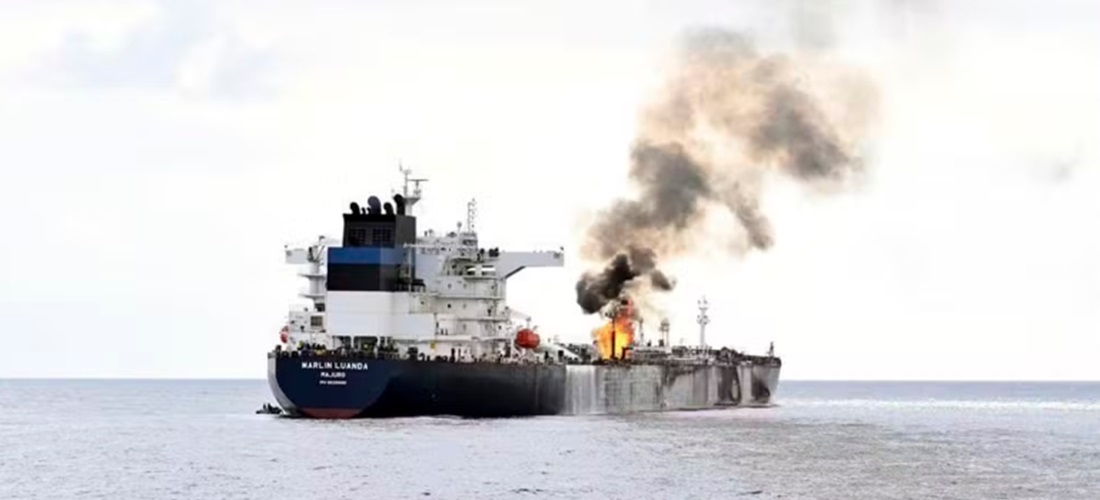
Red Sea shipping disruptions ripple through Asia-Europe supply chains
Jan, 29, 2024 Posted by Gabriel MalheirosWeek 202405
Political turbulence in the Red Sea is forcing global shippers to make more costly journeys and increasing pressure on companies to review their supply chains and prepare for a new norm characterized by longer transportation distances.
“The market will need to adjust to longer transit times. For everybody dependent on containerized trade, it means the supply chains have to adjust,” said Peter Tirschwell, vice president for maritime & trade at S&P Global Market Intelligence. “It means planning has to be accelerated, the manufacturing has to be accelerated. It means a greater commitment of working capital to inventory.”
He expects the process of companies adjusting to the “new reality” to take a few more months, assuming the current hostilities continue in the Middle East.
The route through the Red Sea and the Suez Canal is vital for transporting goods between Asia and Europe. However, risk has increased since November when Yemen-based, Iranian-backed Houthi militants started attacking container ships in the Red Sea, followed by retaliatory attacks by the U.S. and U.K. earlier this month.
About 90% of the container ships sailing through the Red Sea have been forced to divert from the crucial trade route since mid-December, according to shipping services and data provider Clarksons. Denmark’s AP Moller-Maersk and Germany’s Hapag-Lloyd are among the global shipping companies that have decided to avoid the route.
-
Ores
Feb, 14, 2019
0
Vale’s proposed acquisition of Ferrous Resources faces objections
-
Ports and Terminals
Jun, 29, 2022
0
Paranaguá Container Terminal announce another throughput record
-
Grains
Nov, 12, 2020
0
Brazilian rice exports grew 84% in October
-
Ports and Terminals
Dec, 27, 2021
0
Portocel (ES) builds new infrastructure to handle granite


